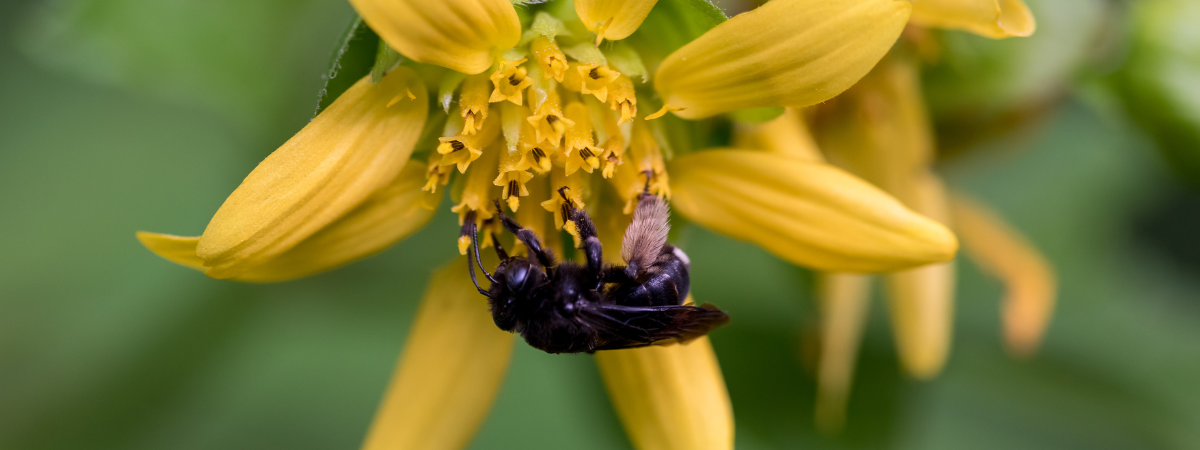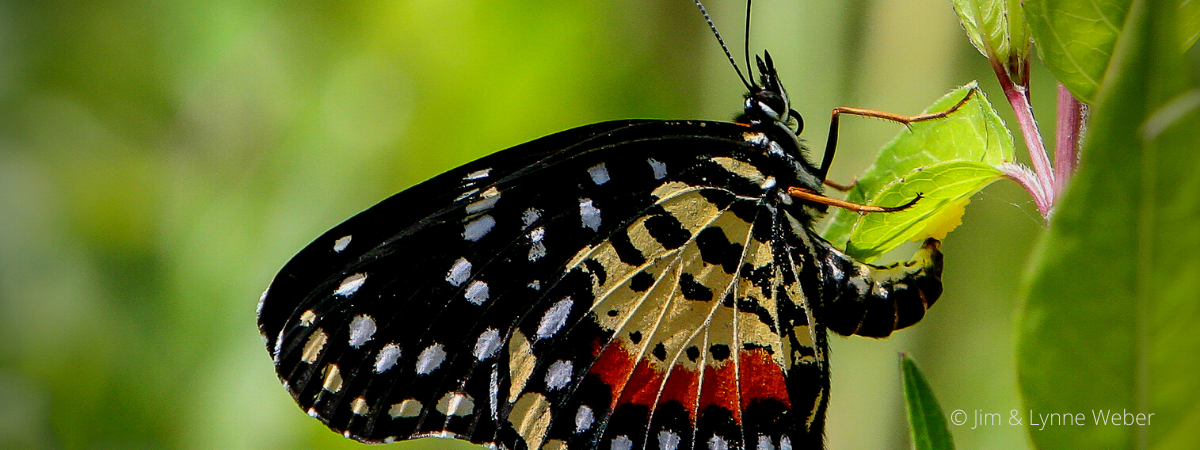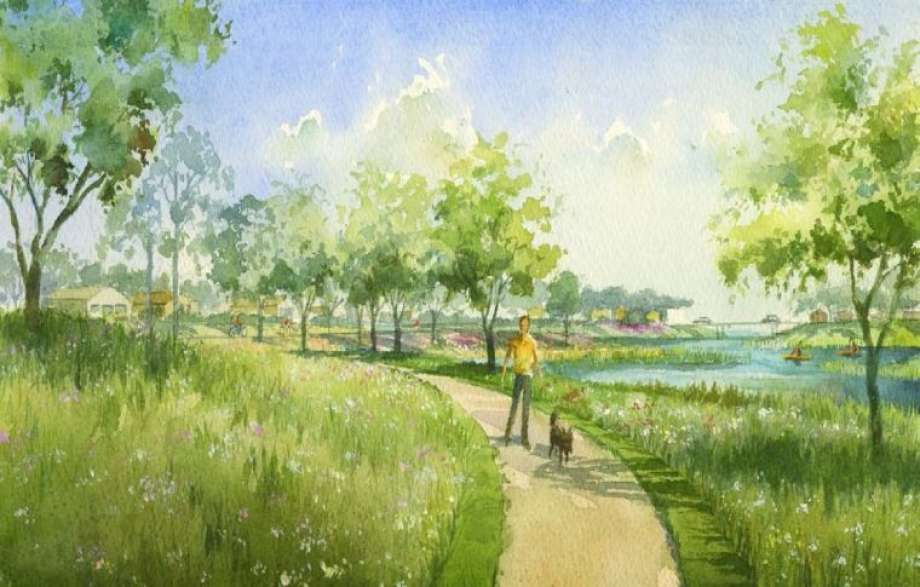August 14, 2023
The Dick Benoit Prairie
A few years ago, Davis Clay learned about a local remnant prairie in League City called the Dick Benoit Prairie. The Dick Benoit Prairie is a ±44-acre parkland preserve on SH96 in League City. It is just to the east of the entrance to the Mar Bella subdivision. It is owned by the League City Parks Department and is a set-aside as wetland retention for neighboring subdivisions. It was established to be a natural area. It is one of the best examples of natural coastal prairie in our area.
Prairie/Savannah Restoration on UHCL Campus
We know from historic aerial photographs that much of what is now UHCL campus used to be open prairie. Rowena McDermid’s presentation will showcase the ongoing work of staff, students, and volunteers in restoring a degraded habitat in the transition space between prairie and woodland called savannah.
About the Speakers
Davis Clay is a Texas Master Naturalist and member of the Native Plant Society who is actively involved in prairie restoration and birding. He has taken on the role of advocate for Dick Benoit Prairie. Davis has partnered with John Orsag, Parks Director for the City of League City, to develop a project for maintenance of the park, and is helping the city by documenting the diversity and removing invasive plants.
Lisa Hardcastle is a member of the Galveston Bay Area Chapter of Texas Master Naturalist. She loves doing anything outdoors, but especially birding.
After earning her B.Pharm. from the University of the Witwatersrand in Johannesburg, South Africa, Rowena McDermid worked in hospital and community pharmacy in both the UK and South Africa. Upon relocating to Texas, Rowena became heavily involved in volunteering with community youth programs, which sparked her passion for environmental education. Currently pursuing a master’s degree in environmental science from UHCL, Rowena is a Texas Master Naturalist and a member of the Clear Lake Chapter of the Native Plant Society. At EIH, she focuses on coordinating youth programs such as the youth birding club and summer nature camps, inspiring young minds to become environmentally conscious citizens.
Hosted by Environmental Institute of Houston, University of Houston-Clear Lake
Related Posts

Chapter Meeting: Houston, we have a solution!
Mark de Kiewiet shares his practical research on how we can mitigate the declining bee and pollinator populations, considering both managed and native bees.

Chapter Meeting: Native Host Plants for Butterflies and Moths
This talk will leave you with the knowledge and resources needed to encourage and appreciate a wider diversity of caterpillars, butterflies, and moths in a Texas native plant garden.

Wetland Plants at Work: Exploration Green
Mary Carol Edwards, stormwater wetland program specialist for the Texas Coastal Watershed Program covered the progress at Exploration Green in Clear Lake.


